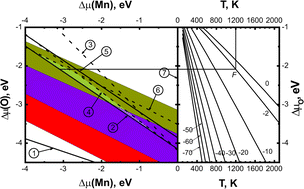Adsorption of atomic and molecular oxygen on the LaMnO3(001) surface: ab initio supercell calculations and thermodynamics
Abstract
We present and discuss the results of ab initio DFT plane-wave supercell calculations of the atomic and molecular oxygen


 Please wait while we load your content...
Please wait while we load your content...